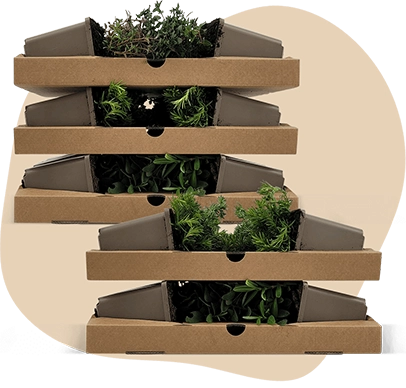Description
Hydrangea serrata 'Bluebird' C3 25-30 | Lacecap hydrangea
The Hydrangea serrata 'Bluebird', commonly known as the Lacecap hydrangea, is a charming addition to any garden. This plant is known for its creeping wide-spreading growth habit, making it ideal for borders and group plantings. The Lacecap hydrangea typically reaches a height of about 150 cm, with a similar spread. Its leaves are green, with a smooth texture, and are not fragrant. Unlike some other hydrangeas, it is not evergreen, shedding its leaves in winter. This plant is relatively low-maintenance and does not produce fruits or berries. The Hydrangea serrata 'Bluebird' is perfect for those looking to add a touch of elegance to their garden.
Key Plant Characteristics of Hydrangea serrata 'Bluebird'
- Hydrangea serrata 'Bluebird' blooms from July to September with striking blue flowers that have decorative edges. These flowers are not fragrant but are attractive to bees and butterflies.
- For optimal growth, this plant prefers a location in partial shade or full shade.
- It thrives in good garden soil that is well-drained, ensuring the soil remains airy.
- The bark and branches of Hydrangea serrata 'Bluebird' are not particularly notable, focusing more on its floral display.
This
garden plant is ideal for borders, group planting, and edging, making it a versatile choice for any garden.
Application of Hydrangea serrata 'Bluebird' in the Garden
- Hydrangea serrata 'Bluebird' is perfect for borders, group plantings, and edging. Its compact growth makes it ideal for small gardens, balconies, or terraces.
- This plant is hardy, tolerating temperatures as low as -28.9°C, making it suitable for USDA zone 5.
- It combines well with other shrubs and perennials that thrive in partial shade, such as ferns and hostas.
- The main ornamental value of Hydrangea serrata 'Bluebird' lies in its stunning blue flowers with decorative edges, which attract bees and butterflies.

























